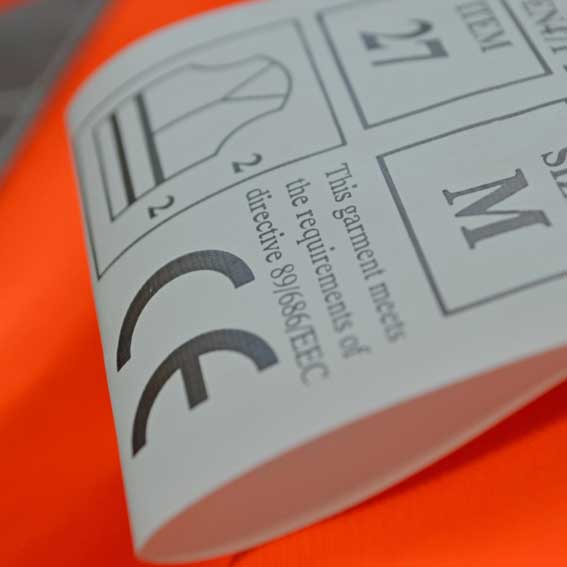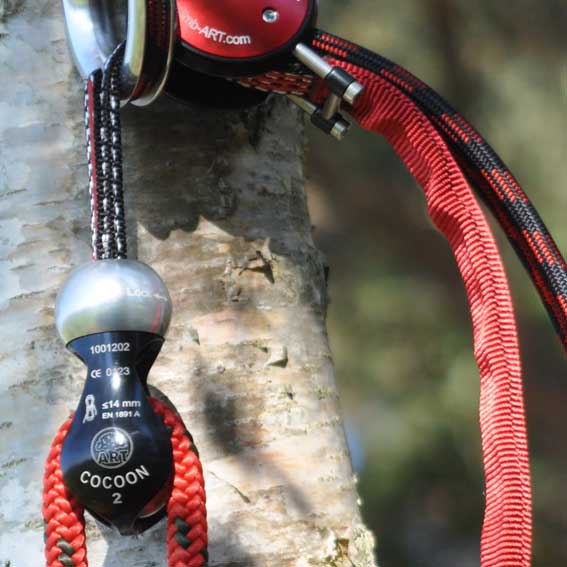
What is CE Approval and why it Matters?
When it comes to the outdoor workplace, it’s important that any equipment used meets strict and predefined safety standards. One of the most universally recognised and comprehensive safety standards on the planet is the CE certification.
CE marking directives apply to all manner of products, as well as the machinery, tools and personal protective equipment used in the outdoor workplace. From kettles and kids toys to cableway installations and construction products, CE certification covers it all.
In this article, I want to explore the importance of CE approval on equipment, clothing and machinery related to the outdoor worker.
What is CE Marking?
CE marking (which stands for Conformité Européenne marking) is mandatory marking relating to the safety conformity of products sold within the European Economic Area (EEA) or manufactured within it. The marking has been around since 1985 and certifies that the product in question has complied with the requirements of the EU legislation that relates to that particular product group.
In this sense, there are several pieces of legislation that CE marking covers, depending on the product in question. Personal Protective Equipment manufactured or sold in the EEA, for example is covered by European Directive 89/686/EE, which sets out the definition of what PPE is, the different categories of PPE as well as the route to conformity with the CE standard. The route to conformity in the case of PPE includes technical documentation, EC technical examination, quality control system and production monitoring.
Because of overlap in the remit of some directives, it isn’t always clear which legislation will apply to a given device. This is especially true when it comes to electrical products that can fall under the Low Voltage Directive (LVD) and the Electromagnetic Compatibility (EMC) Directive but also be covered by a separate directive such as the Medical Devices Directive.
What are the Rules on CE Marking and Certification?
CE marking is mandatory for certain groups of products within the EEA and EFTA countries like Iceland, Norway and Liechtenstein. This includes personal protective equipment and machinery and tools like chainsaws that might be used by outdoor workers. The UK will continue using CE marking after it leaves the European Union, as it is an internationally recognised standard that has been written into much of the UK’s health and safety laws and regulation. Untangling it would mean rewriting all this legislation (and that’s before factoring in the implications on trade).
There are many rules that underlie CE marking. There are several steps that have to be undertaken prior to a manufacturer or distributor can affix CE marking to their product.
- Manufacturers need to check on which EU directives apply to their product
- A conformity assessment must be carried out by the manufacturer
- The manufacturer must set up a technical file that proves their product was designed in the correct way
- The manufacturer must sign a declaration of conformity
- If the directive covering the product stipulates, a third party must also be involved in the conformity assessment process
Although the manufacturer is responsible for taking most of the necessary steps in conforming to the CE standards, the onus for displaying CE marking is placed on whoever puts the product to market in the EU, whether that be the manufacturer or an importer or distributor.

Why does CE Approval Matter to PPE and Arborist Equipment?
As discussed on this blog previously, it is the responsibility of employers to ensure that all equipment being used by their outdoor workforce is CE compliant and that it is properly maintained. This is especially true in the hazardous environments tree surgeons and arborists find themselves in every day.
Although it might seem inconsequential and something we all take for granted, the CE marking is extremely important. Working at height with chainsaws is inherently dangerous so it’s essential, not just that equipment is checked regularly for problems or damage, but that the equipment itself has been built with the proper safety checks in place. CE marking is the only universal standard that ensures this has been undertaken according to the correct EU legislation.
Making sure all your arborist equipment, whether that’s chainsaw boots, chainsaw helmets or climbing ropes, are CE approved, isn’t just about complying with UK legislation; it’s a crucial part of a responsible approach and attitude to health and safety in the workplace.
For more information on CE marking and compliance, visit the CE Marking Association website.
